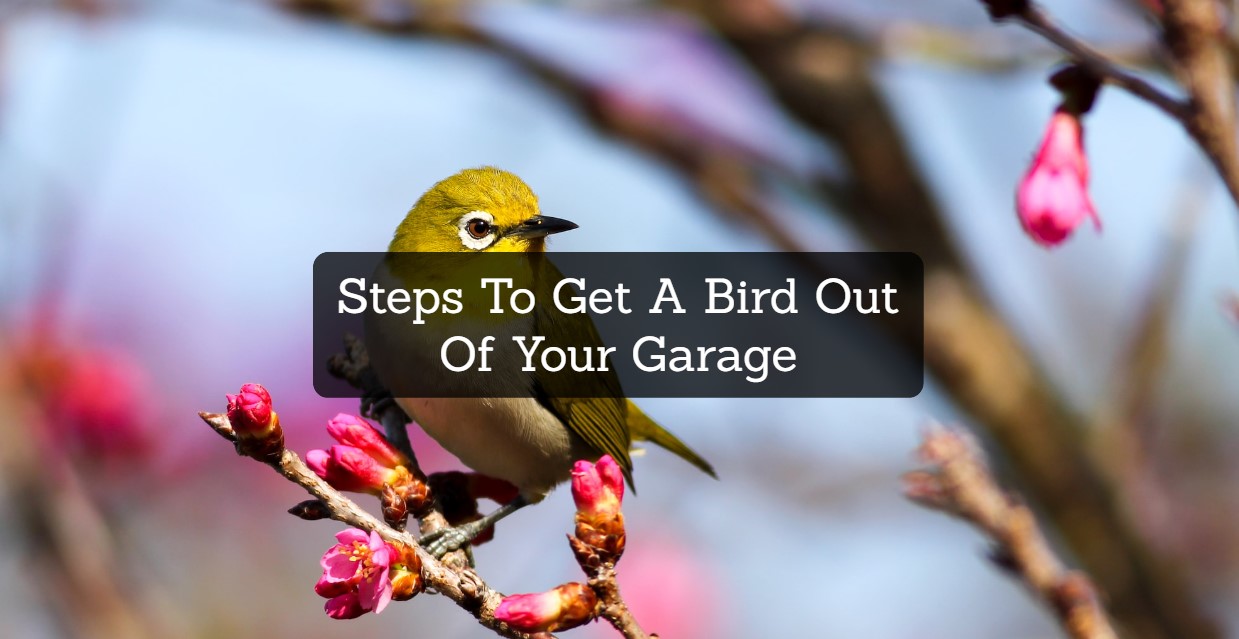Finding a feathered interloper in your garage can be both fascinating and inconvenient. While their chirping might add a touch of nature’s soundtrack, their presence can create unwanted messes and potential damage. But fear not, fellow garage owner!
Perhaps you might want to know the knowledge of How To Equip A Garage to improve the space and make it more functional. But let’s get back to the birds. Here are 5 gentle steps to safely and humanely guide your winged visitor back to the outdoors:
1. Assess the Situation

Before diving in, take a moment to understand the bird’s predicament. Is it injured? Trapped? Simply lost? This will help you determine the best course of action. Look for signs of injury, like drooping wings or difficulty moving. Listen for frantic chirping, which could indicate fear or disorientation.
- Identify the bird: Knowing the species helps you choose the best eviction strategy. Small songbirds are easily scared, while larger birds like owls might need a more cautious approach.
- Locate the entry point: How did the bird get in? Look for open windows, vents, or cracks in the garage door. Sealing these will prevent future feathered intrusions.
- Consider the bird’s well-being: Is the bird injured? Trapped? Look for signs of distress and prioritize its safety before attempting eviction.
You may also like: Best Leaf Blowers
2. Open Up an Escape Route
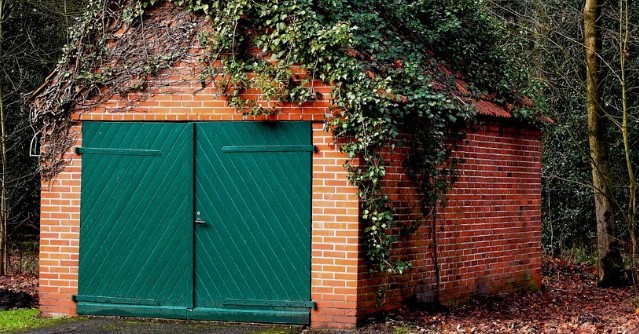
Often, the bird simply wants to leave but can’t find its way out. Open any garage doors or windows that might provide a clear path to the outside. If the bird seems hesitant, create a gentle draft using a fan or rolled-up newspaper to guide it towards the exit.
- Open doors and windows: Birds naturally seek light and open spaces. Create a clear exit path by opening doors and windows on the opposite side of the garage from the entry point.
- Guide with light: Place a bright lamp outside the exit point to attract the bird towards freedom. Leave the garage door slightly ajar, creating a tempting escape hatch.
- Play bird calls: Some experts suggest playing recordings of bird calls specific to the trapped species. This may entice the bird to follow the familiar sounds outside.
You may also like: Best Garage Rat Repellents to Get Rid of Rats
3. Create a Temporary Trap (if necessary)
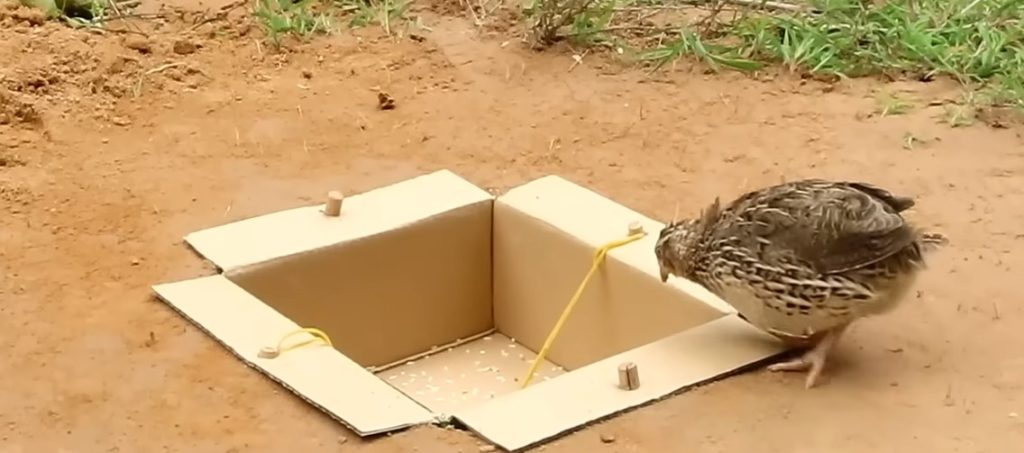
If the bird appears too scared to leave on its own, a temporary trap can be your next step. Place a large box with an open side near the bird, along with tempting bait like birdseed or berries inside. Once inside, gently cover the box to safely transport it outdoors.
- Don’t panic or chase: Frantic movements can frighten the bird, making it more likely to stay put. Keep your movements calm and quiet, allowing the bird to feel safe enough to explore the escape route.
- Give it time: Eviction isn’t an overnight process. Be patient and allow the bird to discover the exit on its own terms. Repeated attempts over a few days might be necessary.
- Seek help if needed: If the bird seems injured, trapped, or poses a potential safety hazard, don’t hesitate to contact animal control or a wildlife rehabilitation center for assistance.
You may also like: Best Garage Mosquito Killers Reviews
4. Release with Respect
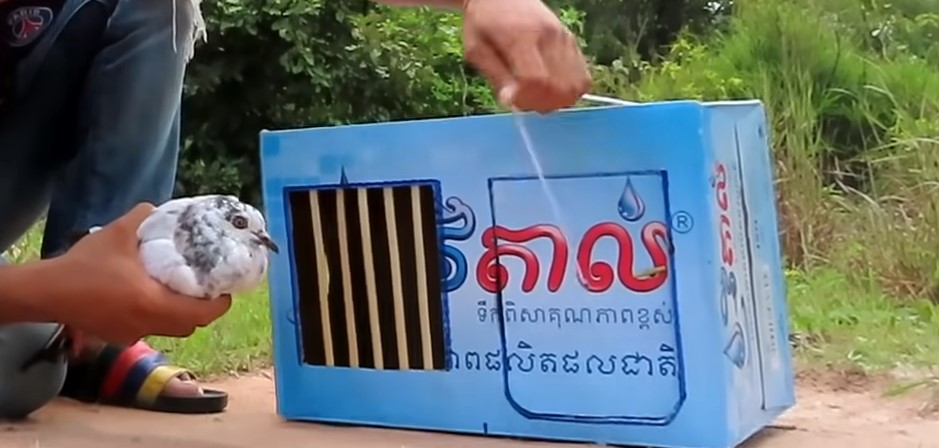
Once outside, choose a release point away from structures and potential predators, preferably with trees or bushes nearby. Open the box and step back, allowing the bird to fly out at its own pace. Avoid touching the bird unless absolutely necessary, as this can cause stress and potentially harm its delicate feathers.
- Reflective surfaces: Hang reflective objects like CDs or aluminum foil near the entry point. The flashing light might disorient the bird and encourage it to leave.
- Mirrors: Place strategically placed mirrors can create the illusion of open space, confusing the bird and prompting it to fly towards the reflection, leading it outside.
- White noise: Birds dislike loud, unfamiliar sounds. Play white noise from a radio or phone speaker to gently encourage the bird to seek a quieter haven elsewhere.
5. Prevent Future Feathery Fliers
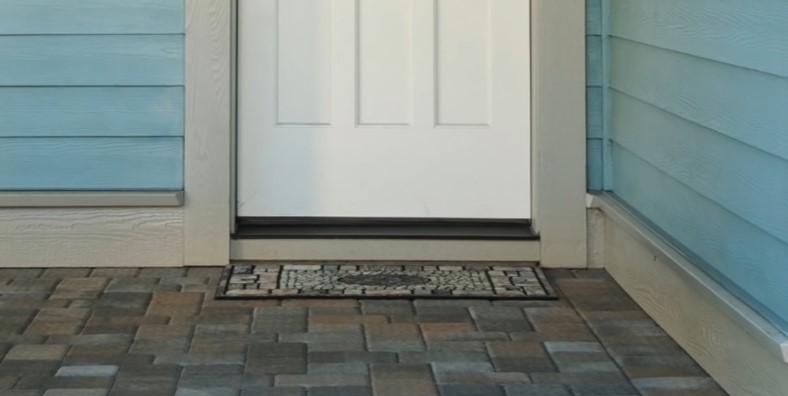
After your avian visitor has departed, take steps to prevent future intrusions. Seal any potential entry points around the garage, like gaps under doors or cracks in walls. Consider installing bird feeders outside your garage to provide a more attractive foraging location away from your precious belongings.
- Seal entry points: Once the bird is gone, thoroughly seal any potential entry points in your garage to prevent future avian invasions. Consider using caulk, weather stripping, or mesh screens.
- Keep food sources secure: Pet food, bird feeders, or even trash cans can attract unwanted feathered visitors. Store them securely indoors or in sealed containers.
- Stay vigilant: Keep an eye out for any signs of future feathered intruders and address them promptly to maintain your garage as a human-only domain.
You may also like: Best Portable Air Compressors
Additional Tips
Protecting Yourself and the Bird
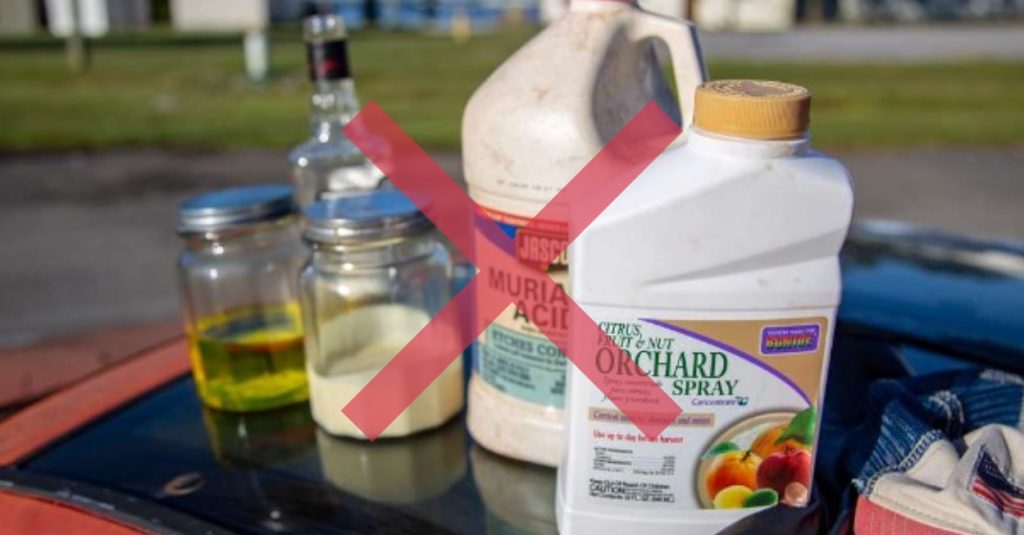
- Chemicals and sprays: Resist the urge to use insecticides, disinfectants, or other chemicals to expel the bird. These can be harmful to both the bird and your own health, and may even exacerbate the situation by causing the bird to panic or become disoriented.
Seeking Professional Help
- Injured birds: If you suspect the bird is injured, like having a broken wing or difficulty moving, don’t attempt to handle it yourself. Contact a local wildlife rehabilitation center immediately. They have the expertise and equipment to safely capture and care for the bird, increasing its chances of recovery and release back into the wild.
Understanding Bird Behavior
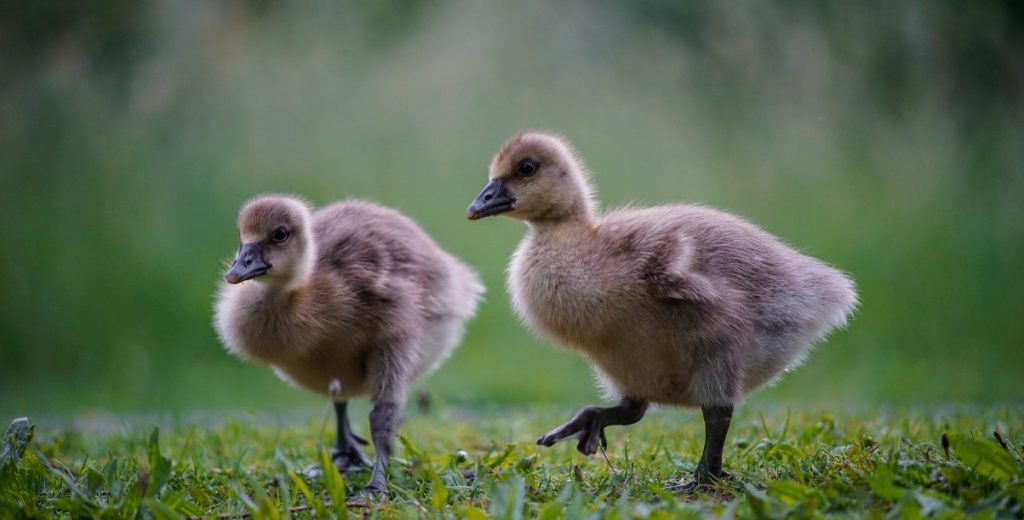
- Nesting season: Be mindful of the time of year. During nesting season, from spring to early summer, disturbing a bird or its nest can violate wildlife laws and disrupt its breeding cycle. If you find a nest in your garage, avoid using the space and seek advice from a wildlife professional on how to proceed without harming the birds.
Patience and Respect
- Slow and steady: Remember, patience is key. Rushing the bird or using loud noises can be counterproductive, causing it to become more disoriented and frightened. Allow the bird time to adjust and feel comfortable enough to leave the garage on its own accord.
Creating a Bird-Friendly Environment:
- Preventative measures: Once the feathered friend is safely outside, take steps to prevent future avian incursions. Seal any potential entry points around windows, doors, and vents. Additionally, consider installing humane bird deterrents like mesh screens or reflective ornaments to discourage future visits without harming the birds.
Sharing the Space
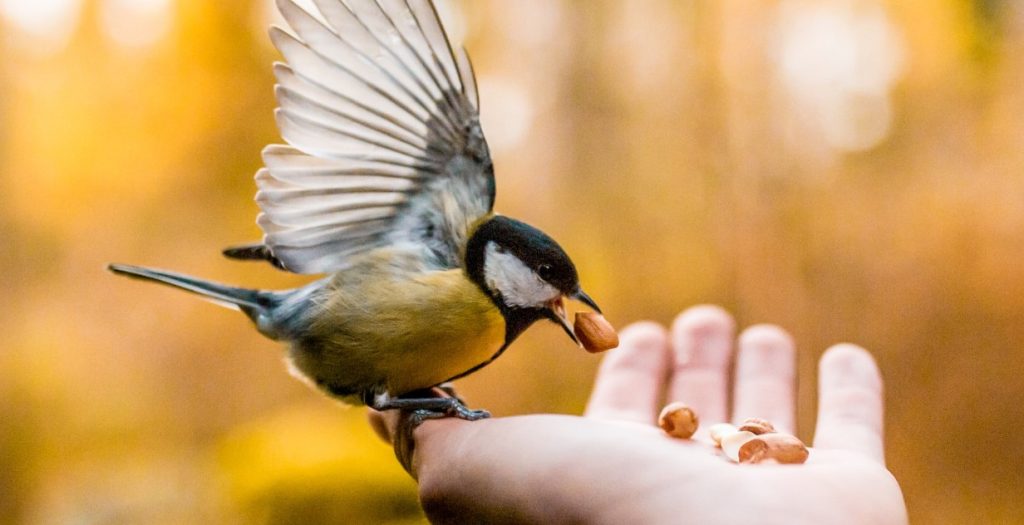
- Live and let live: In some cases, peaceful coexistence might be possible. If the bird has chosen your garage as a temporary refuge without causing any harm, consider leaving a small open window or vent to allow it free access to and from its temporary shelter. Be sure to keep food and water sources outside the garage to avoid attracting other wildlife.
Remember
By approaching the situation with a calm and respectful attitude, you can help the bird safely navigate its way out of your garage and back into the wild. This unexpected encounter offers an opportunity to appreciate the wonder of wildlife and understand our role in sharing our living spaces with these feathered creatures.
You may also like: Best Bike Racks For Your Garage
Peaceful Coexistence: Sharing Your Garage with Feathered Friends
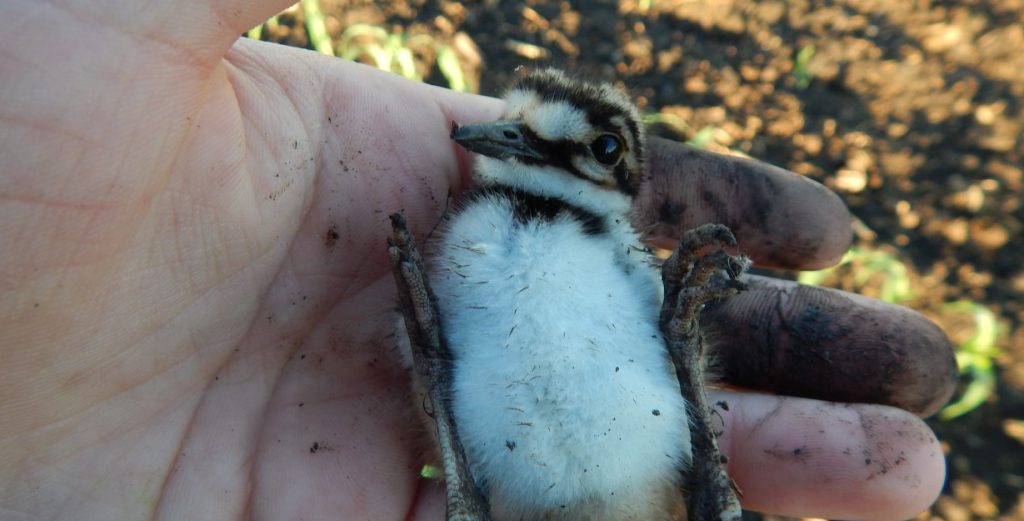
While the initial instinct might be to shoo away any bird that finds its way into your garage, in some cases, peaceful coexistence can be a viable option. This can be especially true for smaller, non-invasive species like swallows, wrens, or even the occasional robin. Here’s how to explore the possibility of sharing your space with these feathered visitors:
Creating a Bird-Friendly Haven Outside
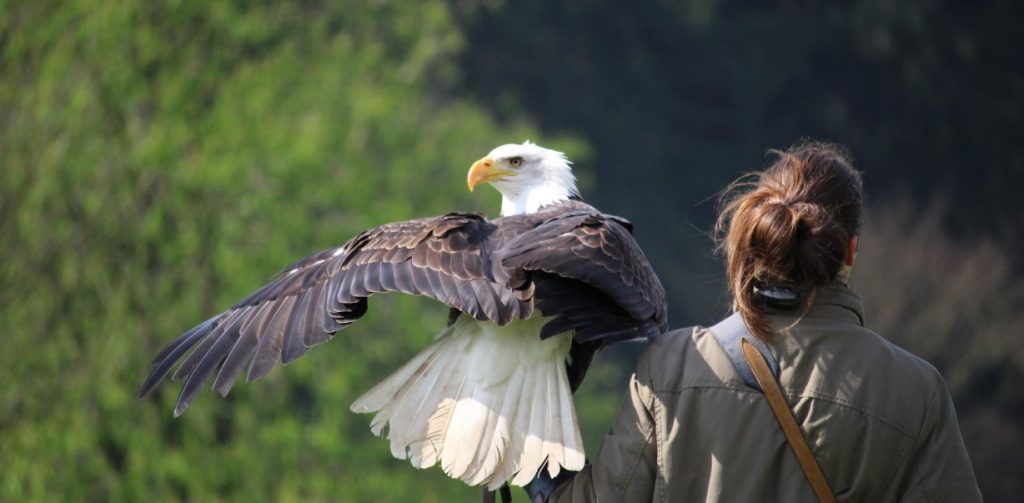
- Attract them elsewhere: Set up bird feeders and birdbaths outside the garage, strategically placed to draw the birds’ attention away from the garage interior. Offer a variety of seeds and water, catering to different bird preferences.
- Nest boxes and roosting options: Provide nesting boxes or roosting platforms near the garage roof or in nearby trees. This can offer them a more natural and desirable alternative to the garage interior.
- Bird-friendly landscaping: Plant native flowers and shrubs around your property that attract beneficial insects, which in turn attract birds looking for a tasty snack. This creates a natural food source away from your garage.
Encouraging Natural Departure
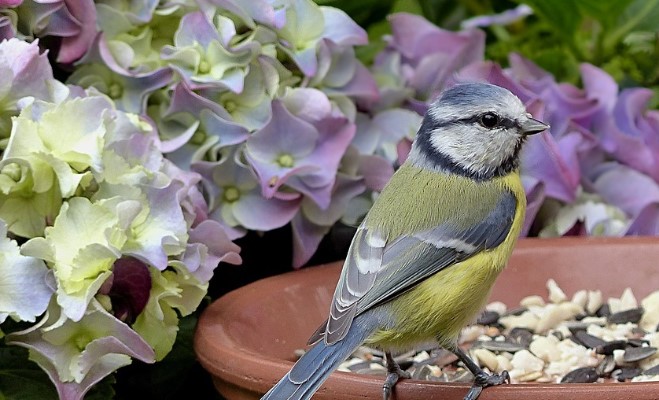
- Open windows and doors strategically: Leave open windows and doors on the opposite side of the garage from the bird, creating a clear path towards the outside world. This offers a natural exit without forcing the bird to fly through unfamiliar territory.
- Light modulation: Dim the garage lights, especially during the day. Birds navigate by light, and a darker interior can make the windows and doors appear brighter and more inviting as escape routes.
- Patience and observation: Avoid rushing the process. Give the bird time to adjust and feel comfortable enough to leave on its own terms. Observe its behavior and adjust your approach based on its cues.

